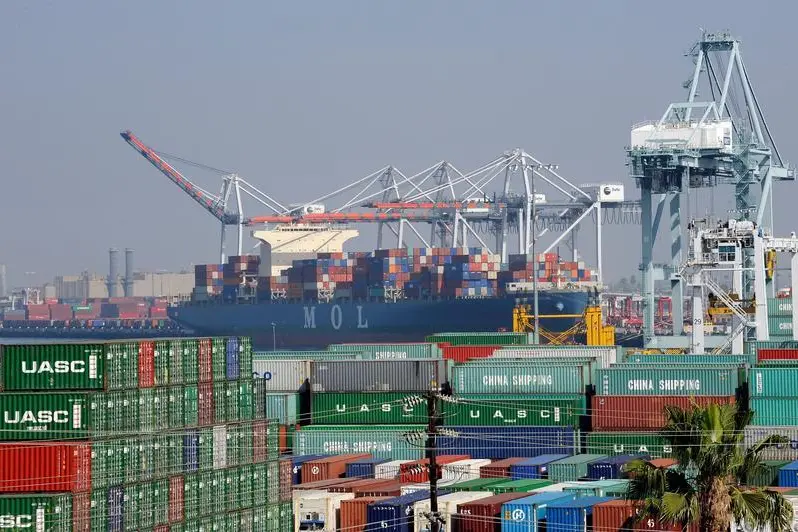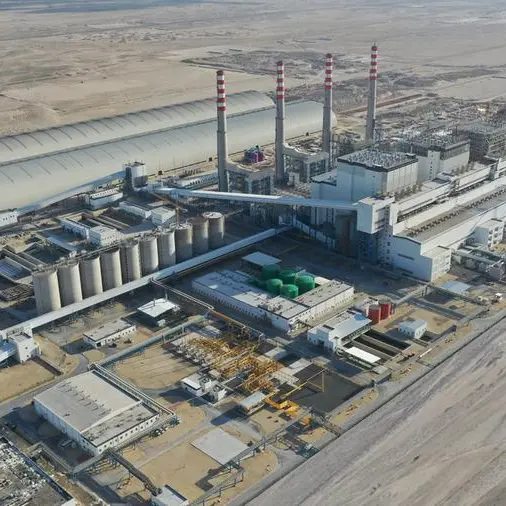PHOTO
(Repeats column published on Wednesday. The opinions expressed here are those of the author, a market analyst for Reuters.)
FORT COLLINS, Colo.- It is no secret that most agriculture market participants have had concerns since Day 1 about the Phase 1 trade agreement between the United States and China, and top U.S. trade officials did not offer much additional clarity last week at USDA's outlook forum.
That trade deal, signed Jan. 15, implies that China in 2020 will purchase and import some 50% more U.S. agricultural products than it did in 2017, before the trade war began. This year's purchase target is also 25% above 2013's record.
The numbers are lofty, but Beijing's terms seem to instill even more doubt. China has maintained that it would buy the U.S. farm products based on market conditions and at market prices, and that it will not disrupt trade with other suppliers. Those aspirations seem very difficult if the country is also to make purchases at record rates.
On Friday, the U.S. Department of Agriculture’s annual outlook forum hosted a session featuring two of the people most familiar with the trade topic: Gregg Doud, the Chief Agricultural Negotiator in the Office of the United States Trade Representative (USTR), and Ted McKinney, Under Secretary of Agriculture for Trade and Foreign Agricultural Affairs.
At the end of the discussion, the audience was invited to ask questions, and I planned on taking advantage. I made my way through the packed room early on and started right at the beginning, asking a very direct question about the Phase 1 deal: “Can you confirm that $24 billion is the 2017 baseline”
I got a pretty unexpected response from Doud: “I can only answer that question if you’ve actually read the agreement.” I told him I did and he answered with something like, “Darn, I was hoping I could ... ” Loud audience laughter muffled the rest of the response, but I assume he was hoping my failure to have read the text would provide an opportunity to deflect.
I told him I looked for the number in the agreement but could not find it, and I was hoping he could confirm that figure. He finally said, rather quietly, “I believe that is correct.”
This number is particularly important because it helps determine the exact dollar value in U.S. ag goods that China is expected to buy this and next year, and for whatever reason, it had been omitted from the text of the agreement. USDA on Feb. 6 cited this omission as one of the challenges in implementing the Phase 1 trade deal into its February supply and demand report.
Data from the U.S. Census Bureau, which is the official record for exports, shows the United States shipped about $24 billion worth of agricultural and related products to China in 2017. McKinney mentioned this database during the session and suggested it will be a great tool to track sales and exports to China under the deal, giving me confidence that this was the origin of the $24 billion.
But I was not able to confirm the origin of other key numbers from Phase 1. After my first question, I asked about China’s 2020 and 2021 targets of purchasing at least $12.5 billion and $19.5 billion, respectively, in U.S. ag products above that baseline.
I specifically asked how those numbers were formulated, whether it was based on a trend or something else. I have long been curious over these figures because of how large they are relative to the previous annual record of American farm exports to China, and what the market prices were when those highs were made.
I was told by both officials simply that it was “part of the negotiations.” I tried to ask again and even suggested the idea of just trying to get China to agree to the largest numbers possible, but I got the same answer.
I feel as if my question was answered at the forum, in a way. I have done the math countless times as have many other analysts, and at globally competitive prices, it is hard to make the numbers work. I already wondered if the targets were perhaps arbitrary, and after Friday, I fear that is the more likely scenario.
A USTR representative could not immediately be reached for further comment on Wednesday.
LOST IN TRANSLATION
An audience question during the session prompted Doud to elaborate on the negotiations with China. The question was about comparing trade talks with China with those with the United Kingdom post-Brexit, for example, and he said that the latter would take half as long because an interpreter would not be needed.
Doud then said that the translational aspect of the Chinese talks had been much harder than expected, since both parties needed to make sure the agreement terms meant the same thing in both languages. He said that at one point, the two sides spent an hour nailing down the meaning of just one word.
Doud emphasized how hard both the Chinese and U.S. officials worked on the agreement, and never said anything negative about the Chinese negotiators. The same cannot be said for his feelings toward dealings with Brussels.
I was not the only one who received unsatisfying responses in the session. Another attendee asked when we can start to see a pickup in U.S farm sales to China and an associated price response. The answer was that it will happen "when a buyer and seller agree on a contract."
I could have asked many more questions, though I imagine the responses would have been equally diplomatic, and understandably so. But they would not have been able to answer one of my biggest questions, which is why China would agree to numbers that basically seem impossible under the necessary conditions.
The only answer I can think of is that something was lost in translation, something market-watchers have long suspected, and a lot more plausible considering Doud’s comments. If I happen to run into Vice Premier Liu He, I suppose I will ask him myself.
(Editing by Matthew Lewis) ((karen.braun@thomsonreuters.com; +1 (312) 408-8059; Reuters Messaging: karen.braun.thomsonreuters.net@reuters.com; Twitter: @kannbwx))












